When it comes to remote control airplanes, gas-powered models are an unavoidable topic. After you’ve mastered the operation of electric planes for a while, you’ll inevitably seek better performance. At this stage, gas-powered airplanes can fulfill your desire for more power, larger sizes, and longer flight durations. In this article, we will explore several key characteristics of gas-powered RC airplanes.
Usually, Gas Powered RC airplanes are more expensive than electric RC planes like RC electric warbirds.
- Airplanes are relatively expensive.
- Fuel types:
- Gasoline is cheap.
- Nitro is expensive; some nitro flights can cost up to $40 per day.
- Maintenance costs are high.
What are Gas-Powered Airplanes?
Gas-powered airplanes differ significantly from electric RC models. They utilize engines that burn fuel, providing power that lithium batteries simply cannot match, allowing them to drive larger aircraft. The engines commonly used in these planes are designed for higher efficiency and performance, making them an exciting option for hobbyists looking to elevate their flying experience.
Typical Sizes of Gas-Powered Airplanes
Gas-powered airplanes come in various sizes. Their wingspans typically range from approximately 40 inches to over 100 inches. The size often depends on the type of flying you plan to engage in; larger models are generally suited for advanced flying and competition. The scale and design of the plane will also affect its capabilities, influencing factors such as speed, agility, and stability in the air.
Types of Gas-Powered Models
- Sport Models: These are generally smaller and designed for casual flying, making them ideal for beginners.
- Scale Models: These planes mimic real aircraft and are usually larger and more complex, requiring more skill to operate.
- Giant Scale Models: These have wingspans exceeding 100 inches and are intended for serious enthusiasts who participate in competitive flying.
What Powers Gas-Powered Airplanes?
Gas-powered airplanes typically run on various types of fuel, including gasoline, glow fuel, and nitro fuel. Gasoline is often the most economical choice, providing a good balance of performance and cost. Glow engines are more commonly found in smaller models due to their simpler ignition systems. However, if you live in an area with significant seasonal weather changes, you might find that fuel prices can vary, making it essential to consider the ongoing costs of operation.
Gas engines operate on regular gasoline mixed with a bit of two-stroke oil. They utilize a spark plug and ignition module for timing the spark. In my experience, gasoline is considerably cheaper, and while adjustments are necessary, they tend to be less complex, primarily due to the larger displacement of these engines.
Are Gas-Powered Airplanes Expensive?
The cost of gas-powered airplanes varies significantly. Entry-level models may start at a few hundred dollars, while high-end models can reach several thousand dollars. Beyond the initial cost of the airplane, it’s crucial to factor in fuel and maintenance expenses, which can add up over time.
Breakdown of Costs
- Entry-Level Models: Approximately $300 - $700
- Mid-Range Models: About $800 - $2000
- High-End Models: $2000 and above
How to Learn to Control Gas-Powered Airplanes
Similar to other remote-controlled aircraft, gas-powered airplanes are controlled using a radio transmitter. However, due to their increased power and speed, flying them may require more skill and a deeper understanding of aerodynamics. Many gas-powered planes come equipped with adjustable control surfaces, allowing for fine-tuning of their operation, which is essential for advanced maneuvers.
Essential Skills for Operating Gas Planes
- Understanding Aerodynamics: Familiarize yourself with basic principles like lift, drag, and thrust.
- Radio Control Proficiency: Gain experience with the transmitter and practice basic flight maneuvers.
- Maintenance Knowledge: Learn how to properly maintain the engine and other components.
How to Get Started with Gas-Powered Airplanes
Learning to fly gas-powered airplanes can be a rewarding experience. It’s recommended to start with a trainer aircraft or seek guidance from experienced pilots at local flying clubs. Many clubs offer training programs or buddy-box systems that can help you learn safely.
Recommended Steps for Beginners
- Use a Flight Simulator: Consider investing in a flight simulator that mimics the controls and physics of real flying.
- Join a Club: Connect with local RC flying clubs for hands-on training and mentorship.
- Practice with a Trainer Plane: Start with a simpler model designed for beginners before moving on to more advanced aircraft.
Where to Buy Gas-Powered Airplanes
Gas-powered airplanes can be purchased from various sources, including local hobby shops, online retailers, and specialized RC airplane websites. Be sure to read reviews and seek recommendations to find the model that best meets your needs.
Recommended Purchasing Options
- Local Hobby Shops: Ideal for hands-on examination and immediate assistance.
- Online Retailers: Often offer a wider selection and competitive prices.
- RC Specialty Websites: These may provide exclusive models and expert advice.
Maintenance and Care for Gas-Powered Airplanes
Maintaining your gas-powered airplane is crucial for optimal performance and longevity. Regular maintenance tasks include checking the engine, cleaning the fuel system, and inspecting the airframe for any signs of wear.
Key Maintenance Tips
- Engine Care: Regularly clean and check the spark plug and fuel lines.
- Fuel System: Ensure that the fuel mixture is correct and that there are no clogs.
- Airframe Inspection: Look for any cracks or damage in the wings and fuselage.
Advantages of Gas-Powered Airplanes
Gas-powered airplanes offer several advantages that make them appealing to enthusiasts:
- Power and Performance: They provide greater thrust and longer flight times compared to electric models.
- Range of Sizes: Gas planes come in various sizes, suitable for different types of flying.
- Cost Efficiency: While initial costs may be higher, ongoing fuel costs can be lower than those of electric batteries, especially for larger models.
Disadvantages of Gas-Powered Airplanes
While gas-powered airplanes have many benefits, they also come with some drawbacks:
- Complexity: They can be more challenging to operate due to their speed and power requirements.
- Maintenance: Regular maintenance is necessary to keep them running smoothly.
- Noise: Gas engines can be noisier than electric ones, which may be a concern in residential areas.
Conclusion
In summary, gas-powered RC airplanes represent a thrilling step up from electric models, providing enhanced power, larger sizes, and extended flight durations. While they may require more skill and maintenance, the rewards of flying these powerful machines are well worth the effort. Whether you’re looking to participate in competitions or simply enjoy flying as a hobby, gas-powered airplanes can offer an exciting and fulfilling experience.
If you're considering making the transition to gas-powered planes, explore your options and connect with local clubs or experienced pilots. This will not only enhance your flying skills but also help you make informed decisions about which model is right for you. Happy flying!

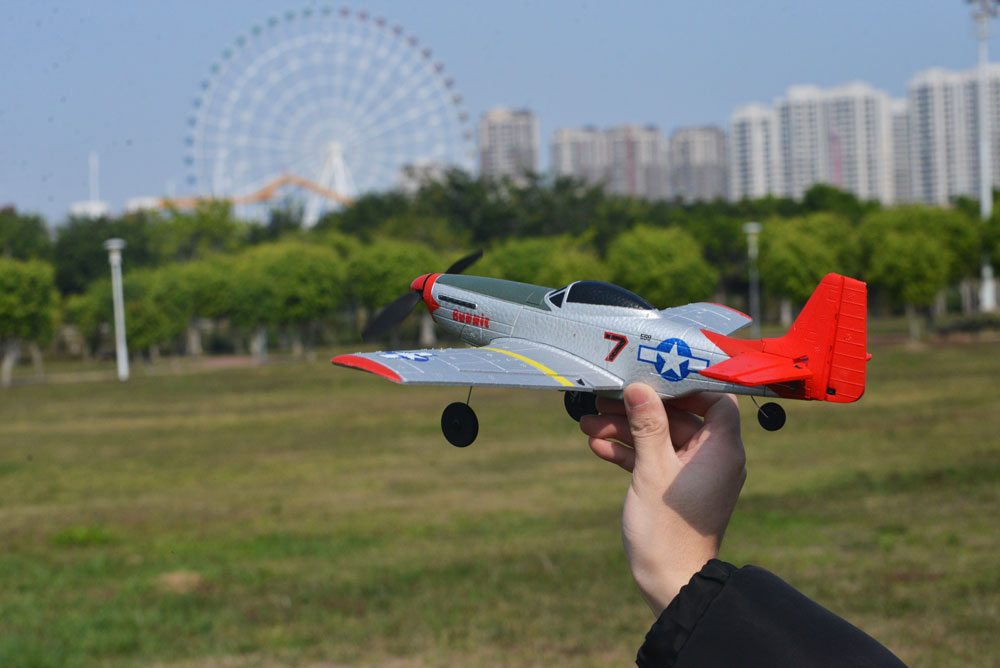

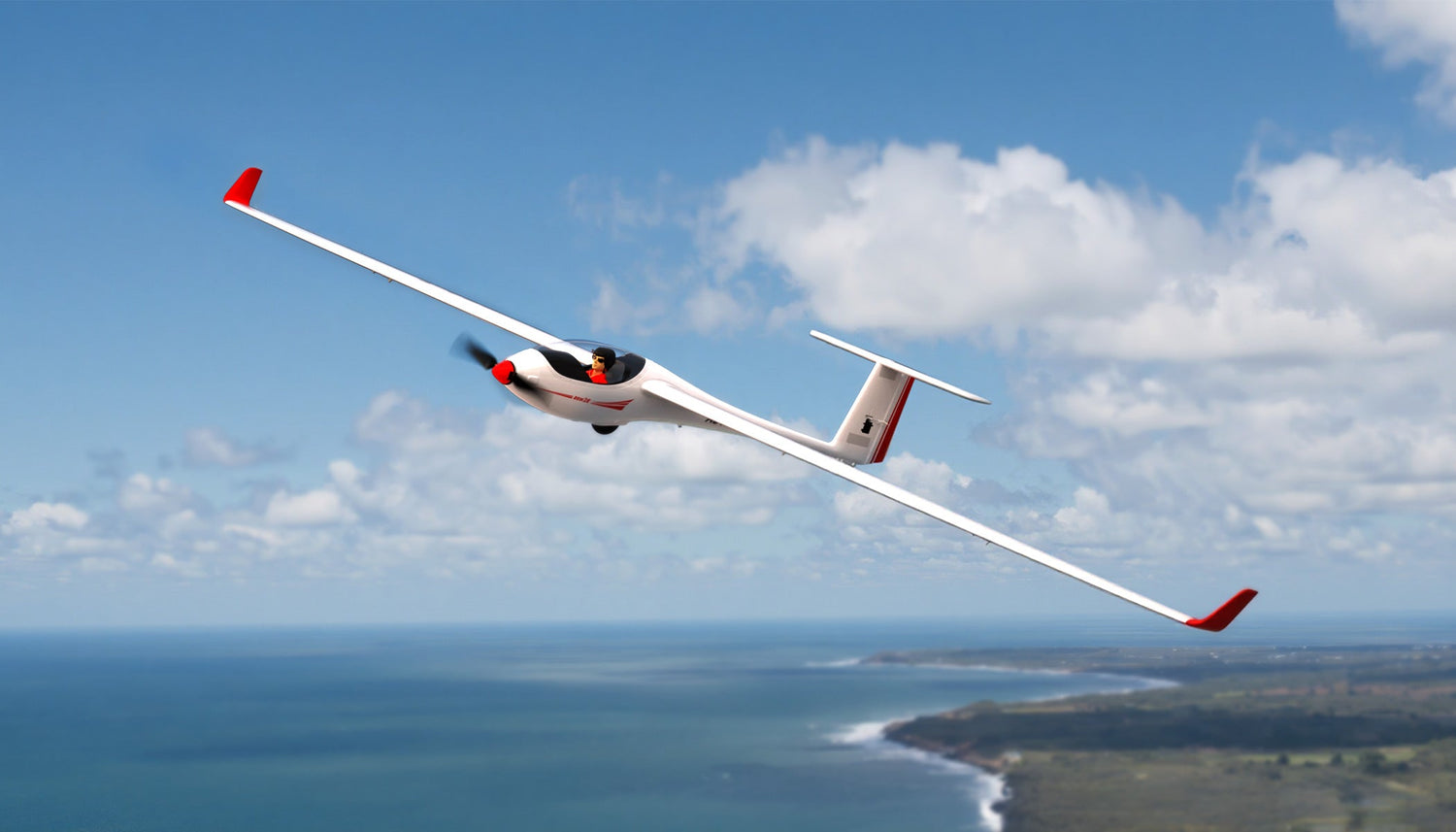
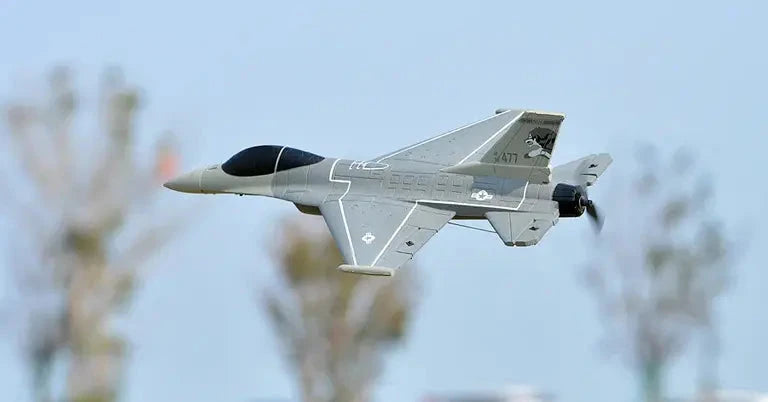

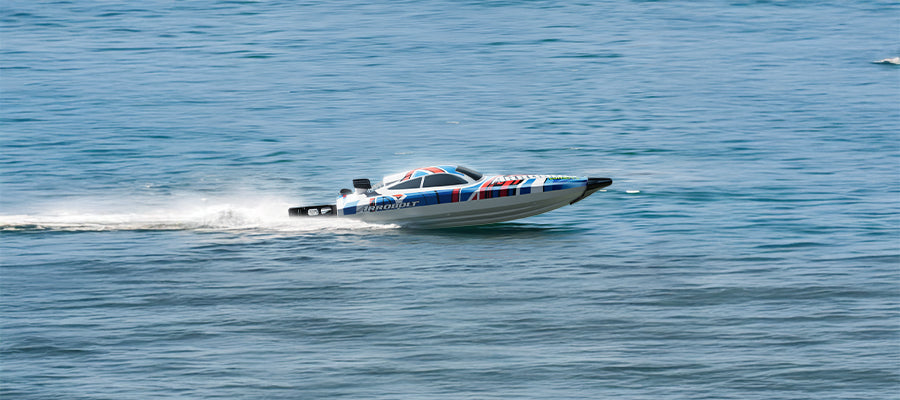
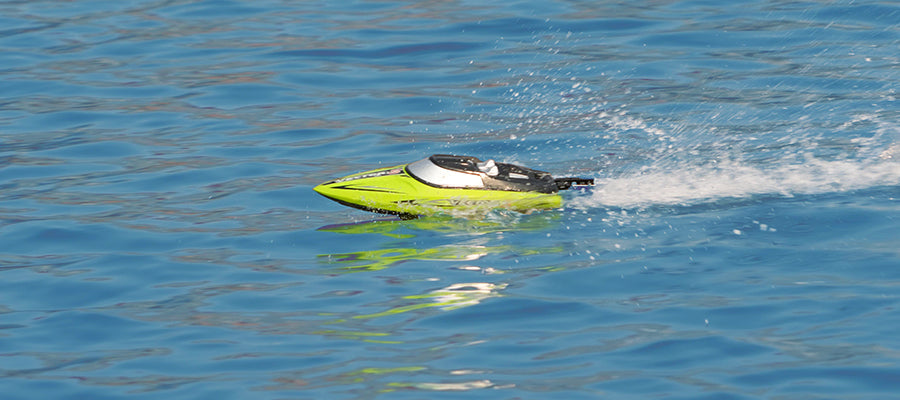

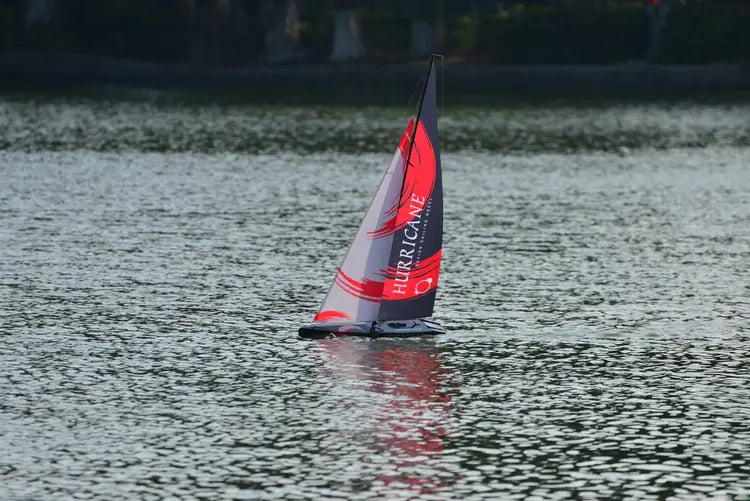


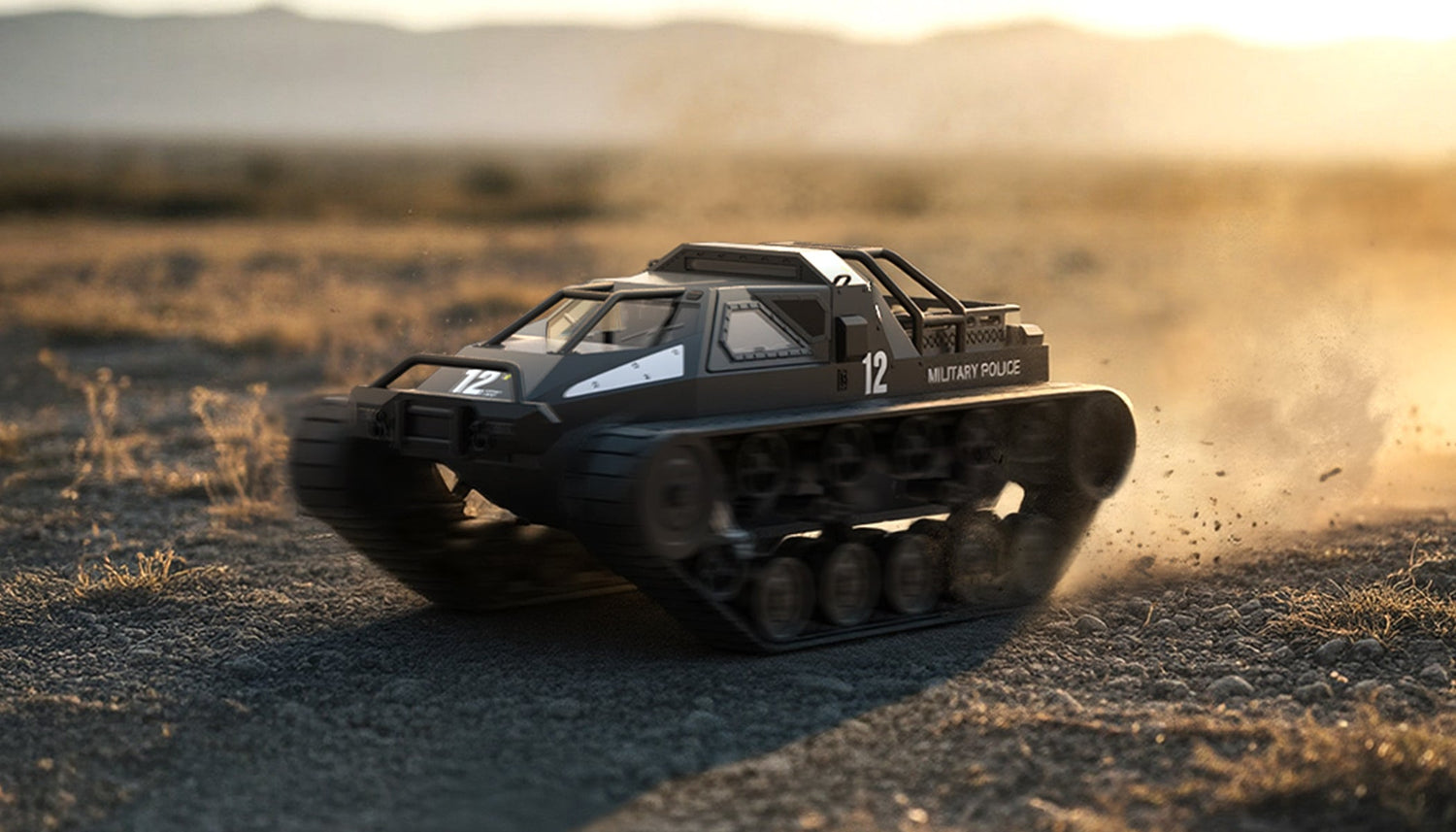

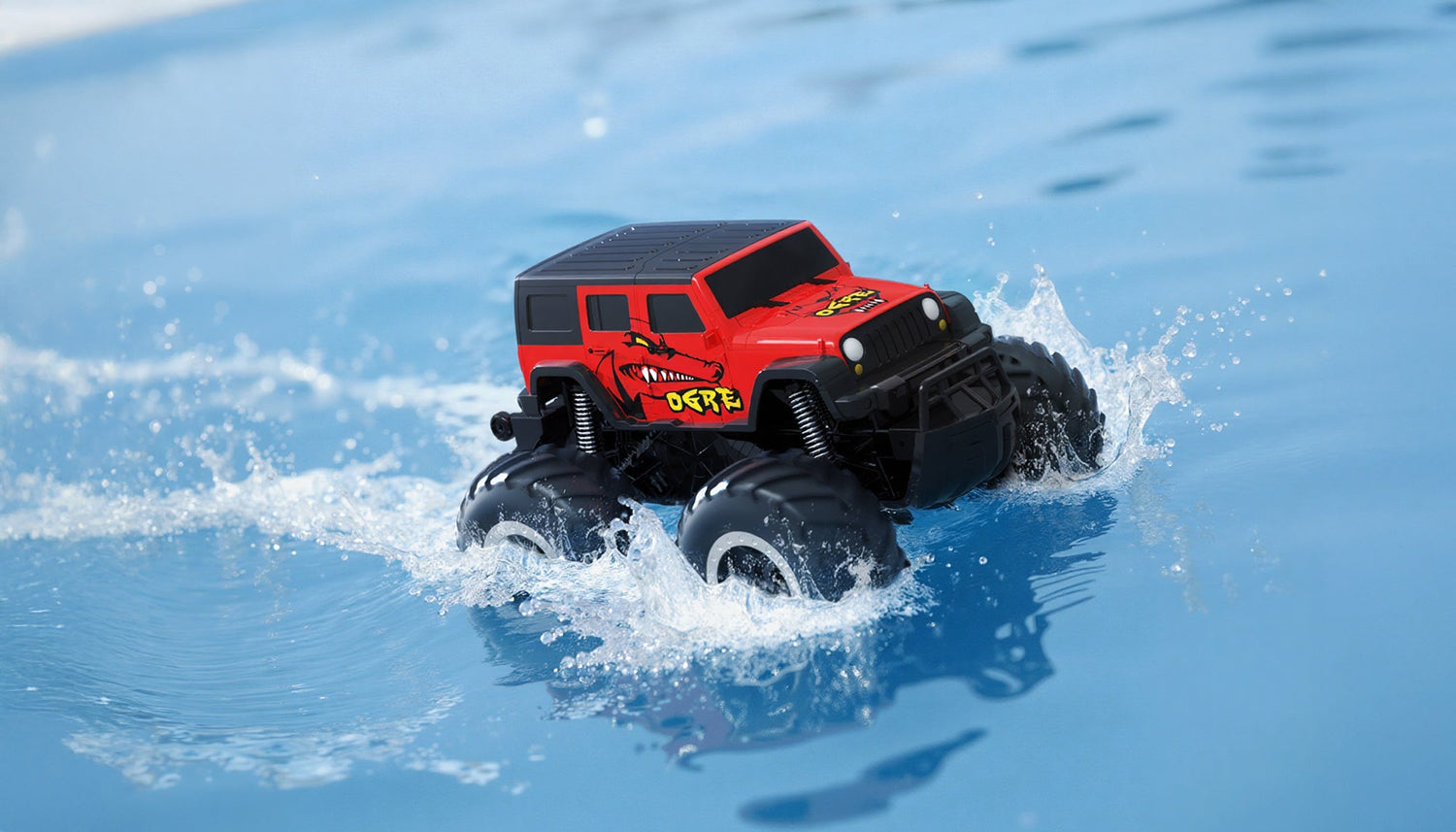

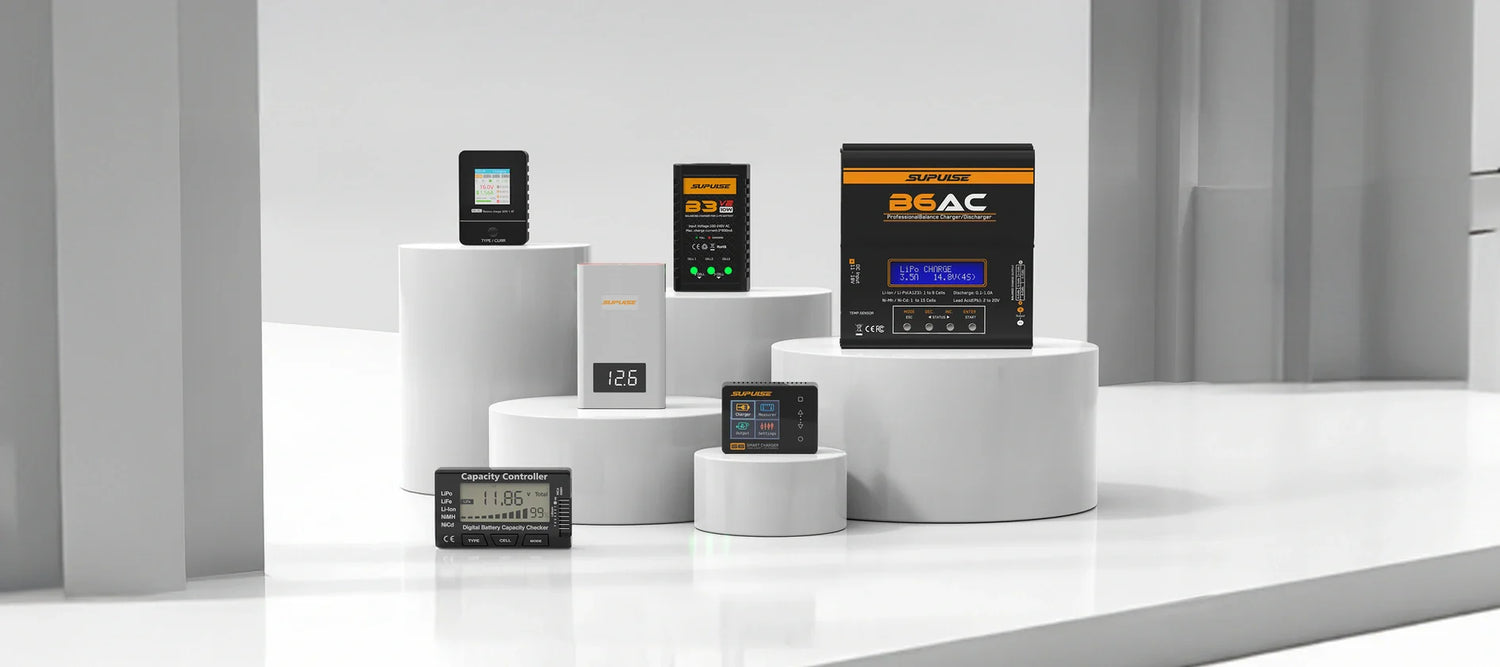








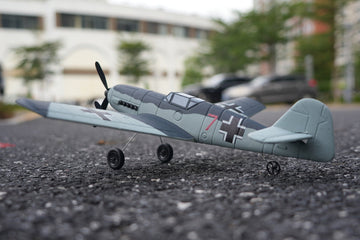
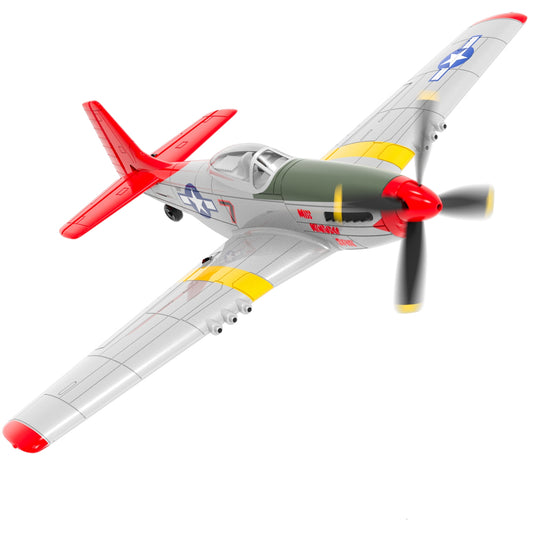

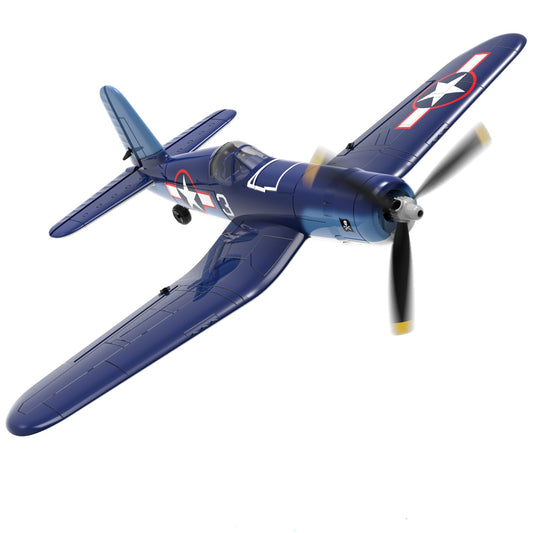
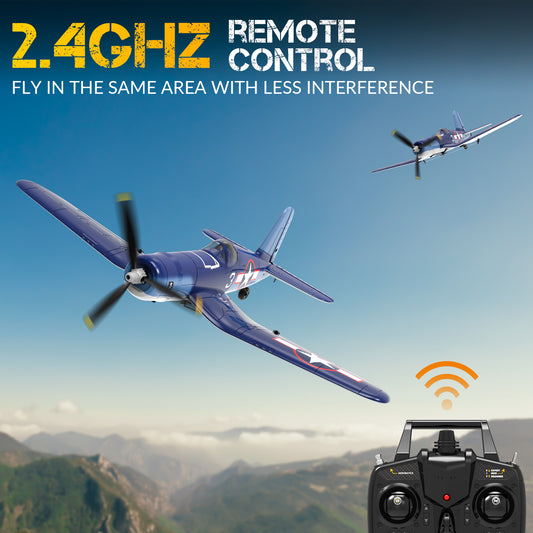
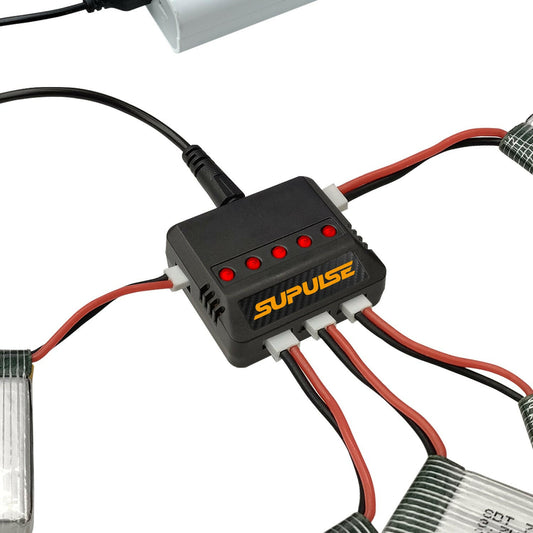

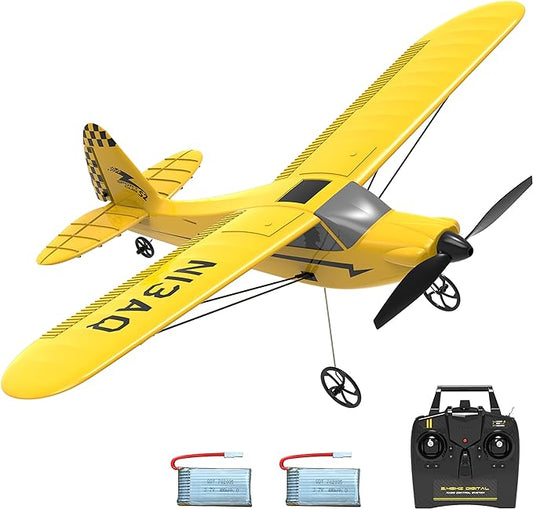
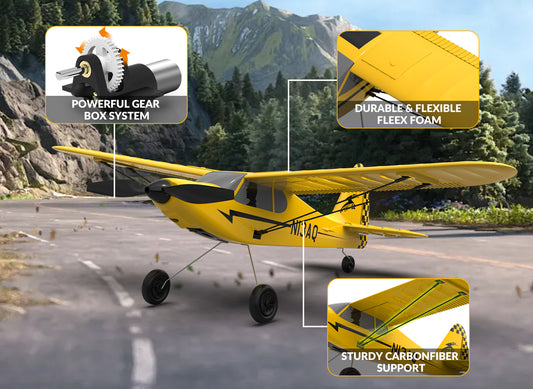
1コメント
Very basic intro to gas engines. There was no discussion about sizes and how it affects power and torque. For example: On the heading reading, ( range of size), you should have illustrated to the reader that starting out with a very small engine such as the 0.29 pee wee or the 0.49 cox Black widow can create plenty of power for a small high wing plane with a wingspan of about 26 – 30 inches. Moving up to the next range are the mid sizes 0.30 and 0.40 engines which can provide extreme aerobatics on low wing planes with 45 inch wingspans. That the reader gets a glimpse of size, power, range and what moving up can do do for increased performance.